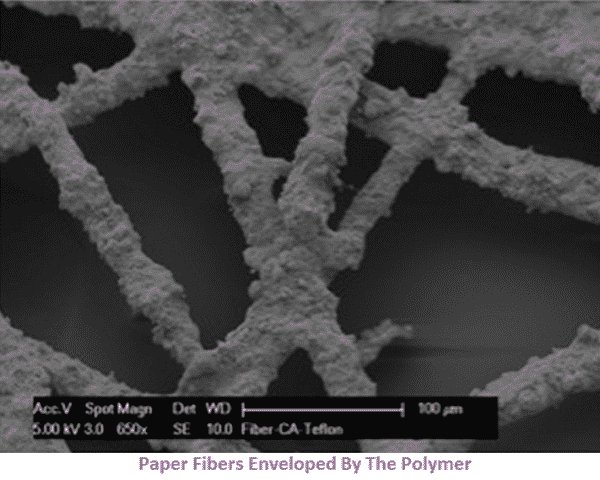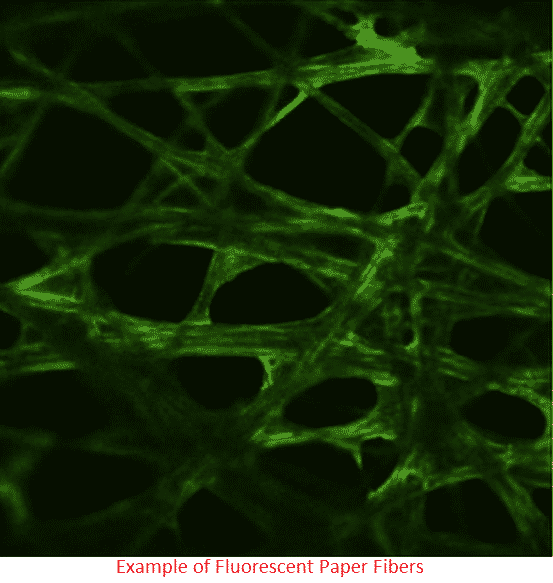Researchers at Istituto Italiano di Tecnologia (IIT) in Genoa, Italy, have discovered a way to make paper, and other fibers, waterproof, magnetic, flourescent, or even antibacterial. Through the use of nanotechnology a standard paper can be made waterproof and magnetic. It involves combining the fiber molecules with a nanoparticle solution, creating a polymer matrix.
Roberto Cingolani, scientific director at the Istituto Italiano di Tecnologia (IIT) in Genoa, Italy, along with his team created a polymer from the monomers or molecules that paper consists of. They created nano-particles in the lab. The polymer is mixed in a solution to create a ‘polymetric matrix,’ which can be applied to the paper either by injection, rolling, dipping or spray-coating.
It is the nanoparticles that determine the new properties of the paper. Using iron oxide nanoparticles allows the paper to become magnetic, silver nanoparticles make the paper antibacterial. There is a nanoparticle for waterproofing as well.
“If you add iron oxide nanoparticles to the polymer matrix, it’s magnetic paper; silver nanoparticles give you antibacterial properties,” says Forbes. The scientists add that “superparamagnetic manganese ferrite colloidal nanoparticles” would give you waterproof, magnetic paper. Making the paper florescent is also possible.
Again to be noted, the solution does not coat the paper but creates a soft shell around each of the paper’s fibres, which means the paper can still be used as normal. The process is absolutely suitable for finished products such as banknotes or wallpapers, which vastly increases its potential impact.
“The properties of the paper are not changed in any way and the paper is still printable,” said Dr. Cingolani. “The properties of nanoparticles are transferred to the material making it either waterproof or antibacterial, even florescent if you wanted. Antibacterial paper is potentially important for the food packaging and medical applications. Fluorescent and magnetic paper could be used for security and bank note/ currency protection or other similar documents. Waterproof paper could be used to protect cultural heritage documents.”
Source : Forbes
Thanks To : Digital Trends
Image Credit : Istituto Italiano di Tecnologia (IIT)




